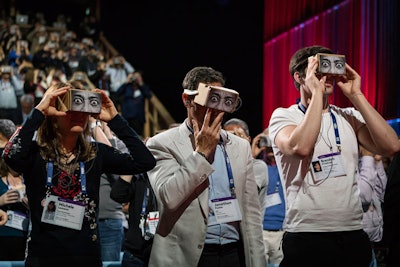
During a talk by Chris Milk, C.E.O. of virtual reality company Vrse, a Google Cardboard viewer and headphones sat on every chair in the theater. Attendees were invited to download his latest virtual reality film and watch it together as he spoke.
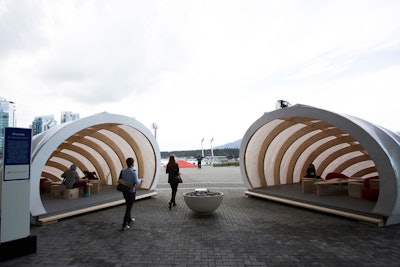
Vancouver architect and past TED speaker Michael Green worked with local design students to create two 16- by 30-foot “warming huts” where attendees could gather outside the convention center. Following the conference, the huts will be permanently installed in one of British Columbia’s outdoor recreation sites so they can be used by climbers, skiers, and outdoor enthusiasts.
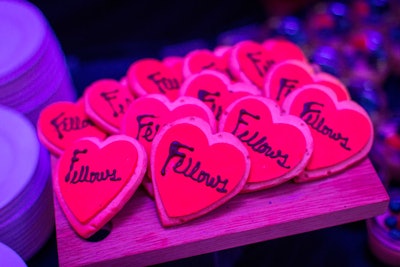
Heart-shaped cookies were an appropriate dessert at a reception for the 21 TED Fellows on Valentine’s Day, the day before the conference opened.
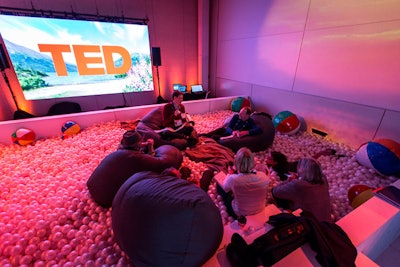
Each year organizers create a variety of lounges where attendees can watch a simulcast of speakers. New this year was a ball pit filled with beanbag chairs and beach balls.

Sponsor Delta Air Lines created an immersive installation to introduce its new collaborative research center dubbed the Hangar. Inside the space, 6,000 LED lights simulated a star-filled sky. Attendees could climb throughout the dream-like environment and then submit innovative ideas for Delta to explore.
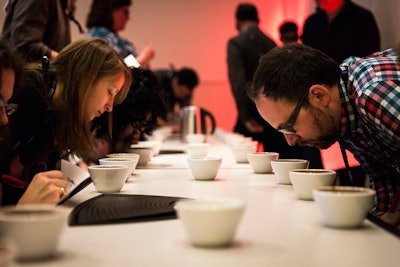
TED invites baristas from around the world to set up coffee stations at the conference. In a workshop hosted by the Specialty Coffee Association of America, attendees also learned about “coffee cupping,” the practice of observing the taste and aroma of brewed coffee.
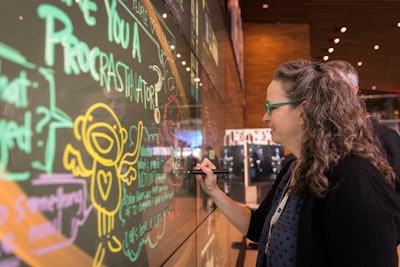
Sponsor Bluescape demonstrated its visual collaborative software by erecting several multi-touch video walls around the conference. On the walls, attendees could read about conference activities and speaker content and bios, watch live streams of presentations, and contribute comments. Attendees could also access Bluescape using a Web browser.
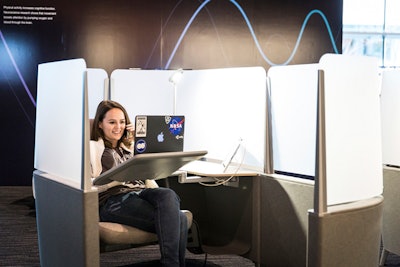
Steelcase, a TED partner for more than 20 years, provided a variety of seating options throughout the convention center. The company’s personal cubicles provided a semiprivate area where attendees could watch the simulcast and do work.
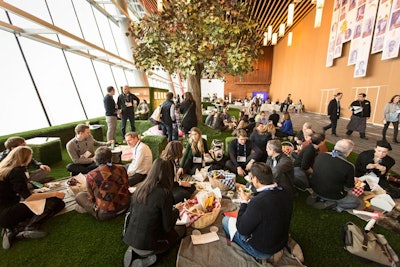
To encourage attendees to mingle, organizers provided blankets and picnic baskets filled with food for six and invited them to find others to share it.
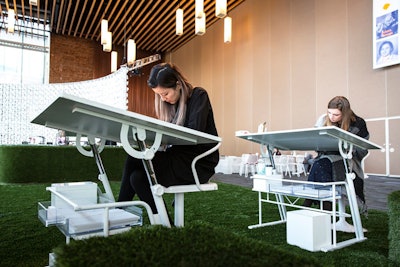
Sponsor Target provided illustrators who created unique pieces of art based on guests’ descriptions of their hopes and dreams.
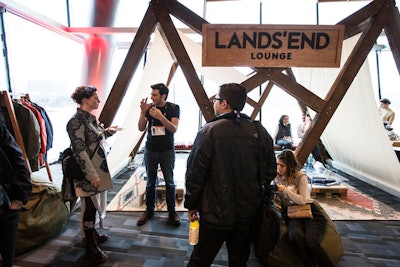
Sponsor Lands’ End created a lounge where attendees could learn about its Sport Collection. The company also provided large totes that served as the conference gift bag.
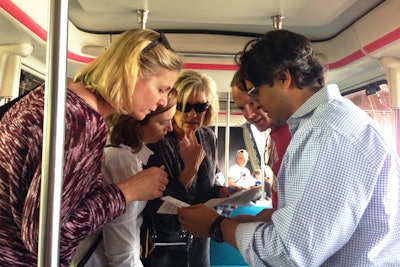
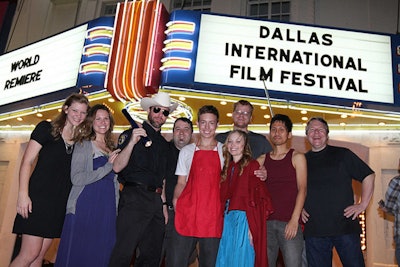
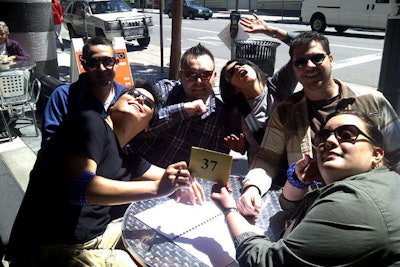
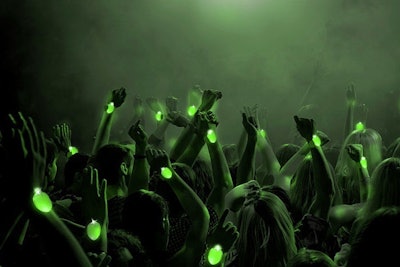
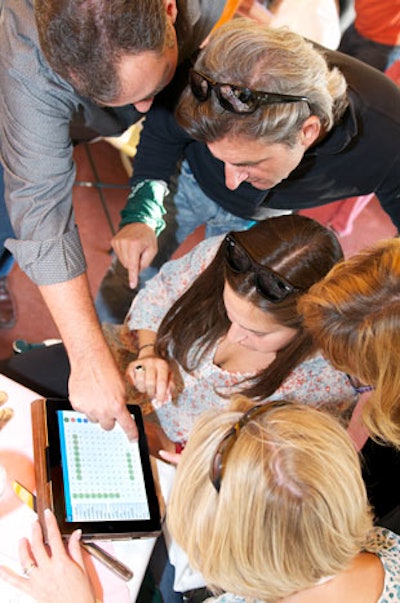
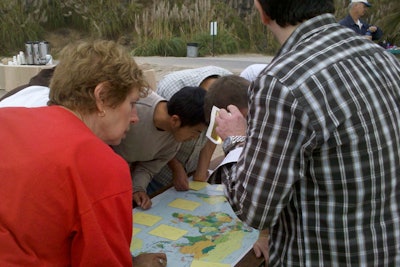
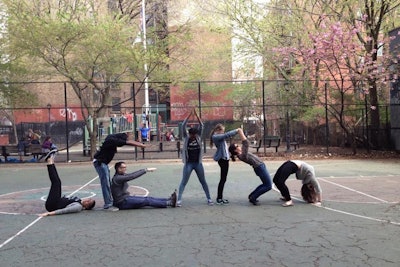
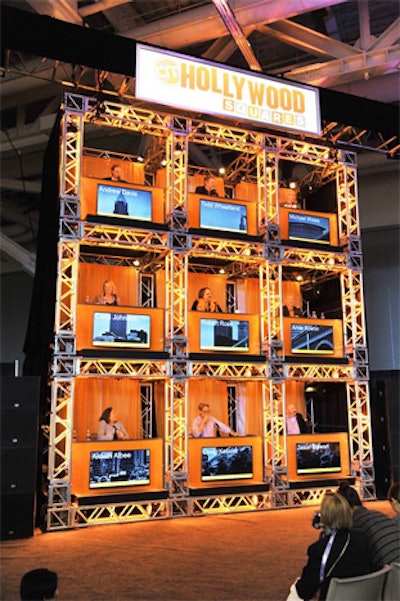
The sixth annual Content Marketing World took place September 6 to 9 at the Huntington Convention Center of Cleveland. Foregoing a traditional panel format, organizers created a replica of the set from the game show Hollywood Squares to house two sessions: one featuring nine of the conference’s keynote speakers and another with instructors from the Content Marketing University as game participants. Tim Washer, creative director for Cisco and a comedy writer, served as host, asking participants questions related to content marketing.
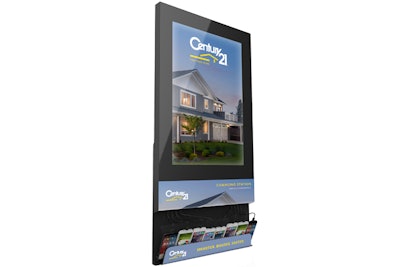
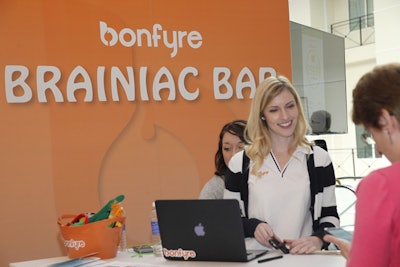
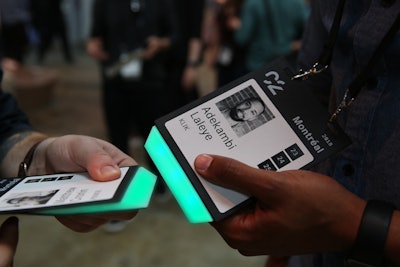
Badges are also an opportunity to give attendees necessary information—without making them carry around a heavy event program. At C2 Montréal last month, attendees wore klik name badges from Montreal-based technology company PixMob. In addition to displaying guest credentials in a large, easy-to-read format, the badges connected them to the klik technology—an audience engagement solution that can be used for ticketing and registration, data and analytics, event communication, and much more. The LED wearable can light up in 16-million different colors in response to remote control commands. In addition to badges, the klik technology can be used in wristbands and in buttons on lanyards; event organizers can rent or buy the wearables.



















